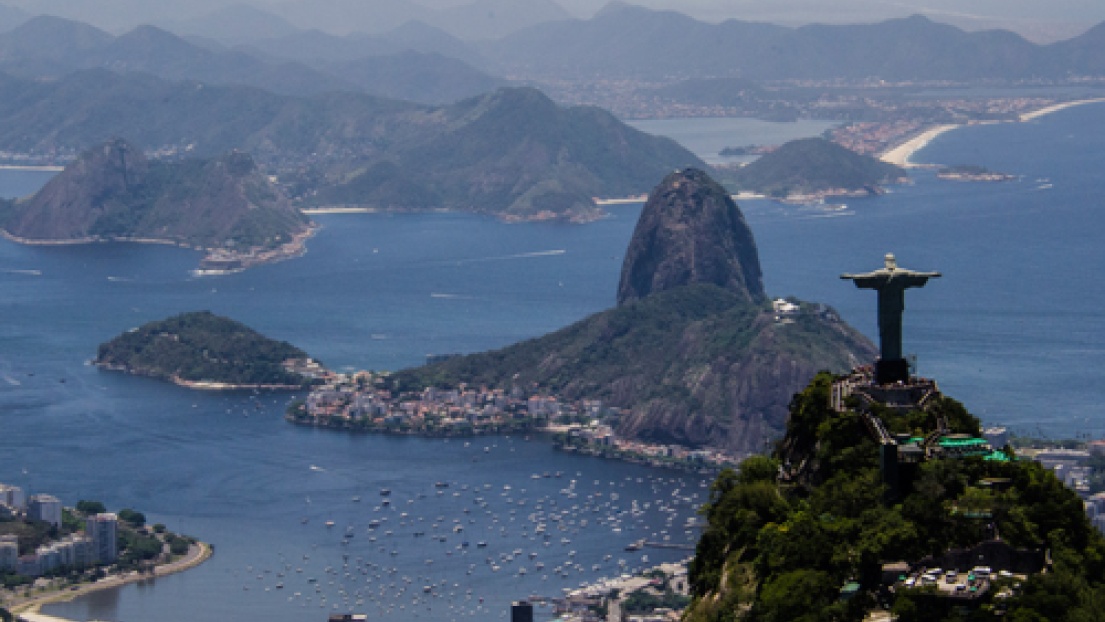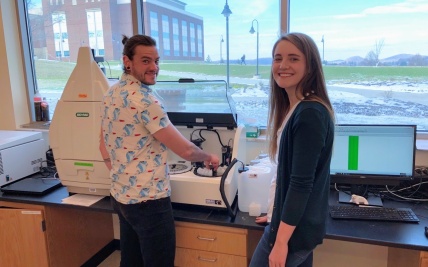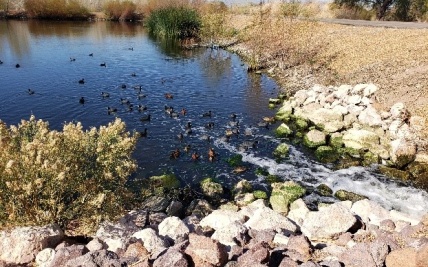Advanced Rio lab warns of Olympic water quality danger

Scientists at the Federal University of Rio de Janeiro, who have been testing the waters around Rio for the last 20 years, have expressed disappointment with the lack of progress being made in preparation for the 2016 Olympics. Employing advanced technology from SEAL Analytical, the university’s marine biology laboratory has revealed worrying trends for parameters such as ammonia, nitrates, and phosphates.
Guanabara Bay, located beneath the iconic Sugar Loaf Mountain, is set to host the sailing events of the 2016 Olympics. However, practicing international contestants have complained about debris in the water presenting a hazard, raising concerns that the event might have to be moved further out to sea. Professor Rodolfo Paranhos from the university commented, “Sailors have reported floating TV sets, sofas, and dead animals.” These items pose physical hazards to yachts, potentially damaging them or entangling rudders, which can affect performance in races. However, chemical and biological pollution represents a more serious threat due to the diseases arising from sewage contamination.
Greater Rio, with a population exceeding 10 million people, discharges millions of liters of untreated sewage into Guanabara Bay and its tributary rivers daily. These rivers are largely anoxic, incapable of supporting normal aquatic life. The Brazilian government has initiated efforts such as deploying nets to prevent debris from entering the bay and using "Eco-Boats" to scoop floating debris. Limited attempts to reduce untreated sewage have also been made. However, according to Professor Paranhos, it may already be too late to address the issue fully due to the lack of necessary infrastructure, signifying a failure of Rio 2016’s promised environmental legacy.
Water sample analysis from Guanabara Bay has highlighted troubling pollution trends. Population growth without corresponding improvements in sanitary infrastructure has led to high ammonia and nitrogen levels. Consequently, rivers have become biologically dead, biodiversity has suffered, and some beaches are now unsafe for swimming and other water activities.
The university’s laboratory has gathered 20 years’ worth of data, enabling them to detect both pollution incidents and long-term trends. Professor Paranhos explained that this requires analyzing many samples with a strong emphasis on accuracy and reliability. In 2012, the lab installed a SEAL AA3 automated continuous segmented flow analyzer, which significantly increased its sample processing capacity. Previously, samples were tested manually with a spectrophotometer. Now, the AA3 allows simultaneous analysis of multiple samples for parameters such as ammonia, nitrate, nitrite, orthophosphate, silicates, total nitrogen, and total phosphorus. This technology has increased their testing capacity from 40–50 samples daily to up to 100 when needed, without additional costs, making the SEAL analyzer an invaluable tool for the lab.
Water quality will also impact other Rio 2016 events. The triathlon swimming will take place at Copacabana, and rowing events will occur on Rodrigo de Freitas Lake, which recently experienced a major fish kill. While the fish kill might not be directly caused by pollution, Professor Paranhos speculated that high sediment levels in the lake, disturbed during high winds, might lead to sudden drops in dissolved oxygen levels, killing fish. Unfortunately, funding limitations prevent the lab from testing the lake, leaving its condition uncertain.
In summary, the SEAL AA3 segmented flow analyzer has enabled laboratories like the one at the Federal University of Rio de Janeiro to dramatically increase workflow while maintaining high accuracy and reliability without incurring high operational costs. This laboratory exemplifies the advantages of long-term monitoring programs in identifying water quality trends. The data generated can inform science-based political decisions, with hopes that urgent actions will ensure a safe Olympics and leave a positive environmental legacy for Rio de Janeiro.
SEAL Analytical is a worldwide leader in providing segmented flow and discrete analyzers for seawater and environmental analysis. These analyzers offer high precision, reproducibility, robust designs, and low detection limits, making them the preferred choice for seawater analysis. Their rugged design ensures they perform reliably even on oceangoing research vessels under challenging conditions. Recent advancements include LED light sources for trace-level onboard seawater analysis, providing stability, long life, and resistance to vibration.
Further information is available at www.seal-analytical.com.

.jpg?resolution=428x267&quality=95)

